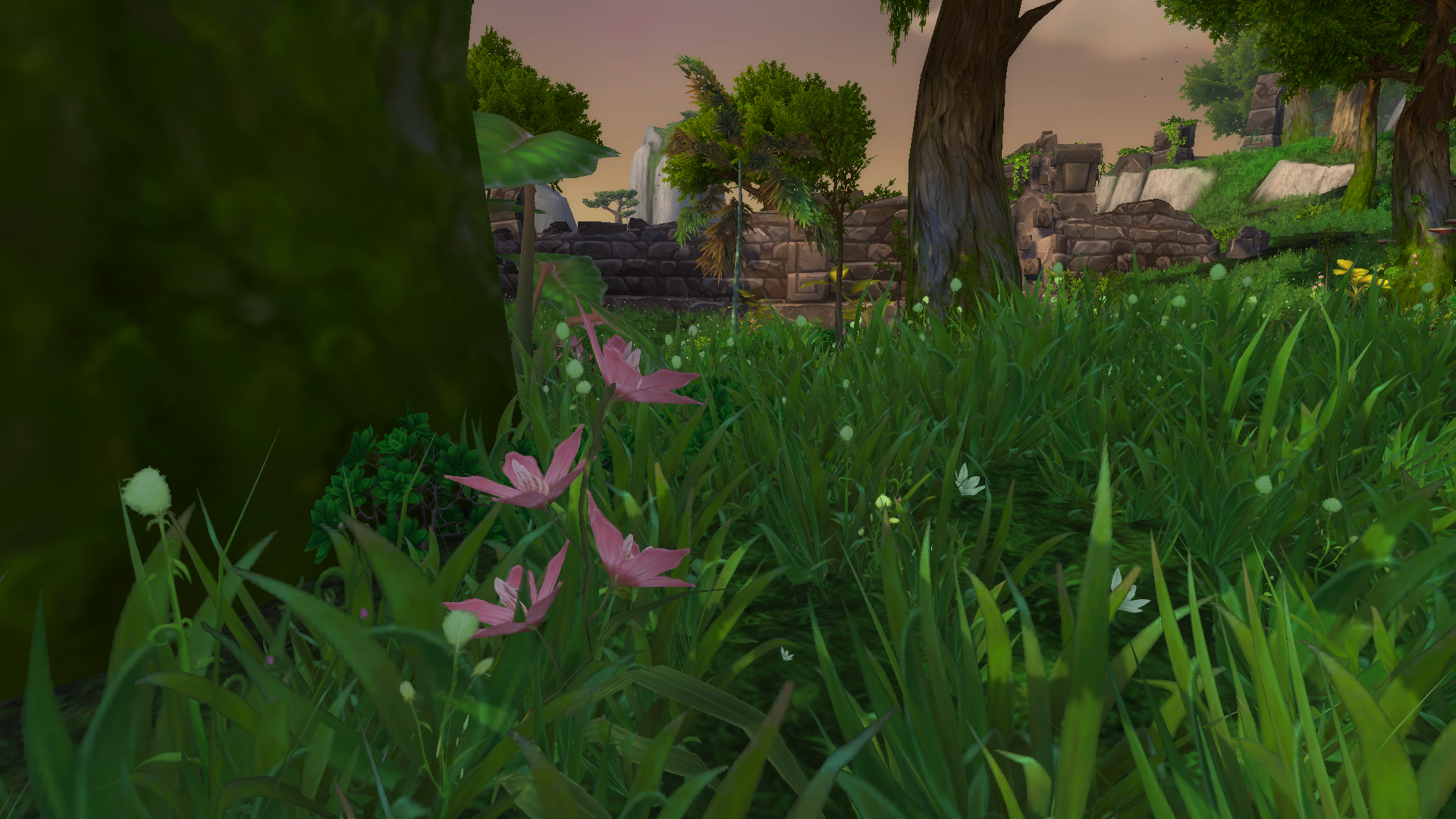The BRAWL² Tournament Challenge has been announced!
It starts May 12, and ends Oct 17. Let's see what you got!
https://polycount.com/discussion/237047/the-brawl²-tournament
It starts May 12, and ends Oct 17. Let's see what you got!
https://polycount.com/discussion/237047/the-brawl²-tournament
How are textures assigned to the back of planes in Maya?
I'm trying to learn 3D through the Youtube Academy. I cannot seem to figure out how to assign textures to the underside of low-poly plants, like in this screenshot. I've attempted to use double-sided material networks like in this video but I'm
really struggling. Am I on the right path though? Are material networks necessary or is there another, simpler route?

really struggling. Am I on the right path though? Are material networks necessary or is there another, simpler route?


Replies
The Flipped Normal part comes from the samplerInfo node, it spits out a 1 or a 0 to let us know if the geometry we're rendering from faces us or not-- convenient for the condition node's true/false operation. Starting at 6:30 in the video you linked, he's talking about this node and connects it via a middle click at 7:20ish. Another way to do this connection is to start by clicking the large white dot in the upper right of the node, selecting Other and picking flippedNormal from the list that pops up.
Maybe you can help me troubleshoot this problem. I think I followed the instructions correctly but I'm still having a problem where the arnold render does not correctly show the underside of this leaf I'm trying to make. Here is a link to a larger picture of my hypershade map
I don't know Arnold at all, I was wondering if they can't/won't render a standard maya surface shader, but this link says it's supported. I might try using their standard shader in lieu of the surfaceShader as a test. I forgot to point out that you're using the same texture for both sides and now i feel a bit sheepish for misreading your intent here, so let me back up.
You just want the leaf to show on both sides of the mesh, right? Maya does that by default, and it looks like Arnold does too. This setup we've been working through is for when you want the two sides to show a different color or texture. So if i'm right, let's check a few things for double-sidedness on your planes. If this is unchecked or in the arnold specific settings on the objects, then that's probably the issue. Maya has an option to create objects single-sided in the preferences, you might want to turn that off if it's on now.
I checked "Double sided" In the render setting and disabled Single-sidedness in preferences. I took it a step further and tried to add an alpha in the"out transparency" under Surface Shader Attributes with lackluster results.
Alphas are backward in Maya from what you might be used to, we use Transparency, not Opacity.
OH MY GOD IT WORKED! YOU ARE THE BEST! I spent so long banging my head against the desk trying to troubleshoot it on my own and you fixed it I LOVE YOU TY TY TY TY
well so much for an embed.